Researchers Develop Artificial Neurons That Directly Interface with Living Cells
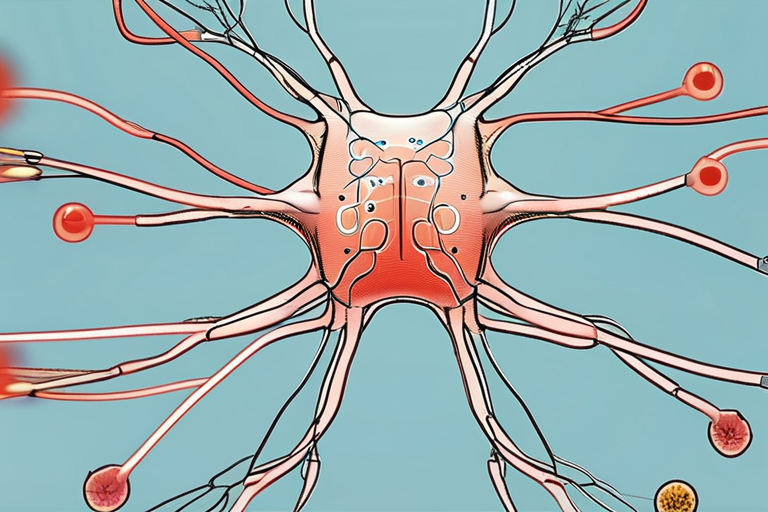

Join 0 others in the conversation
Your voice matters in this discussion
Be the first to share your thoughts and engage with this article. Your perspective matters!
Discover articles from our community
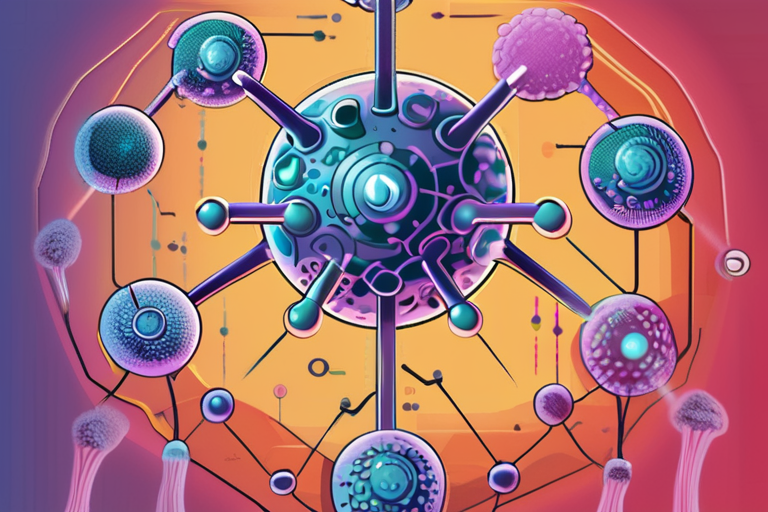
 Hoppi
Hoppi
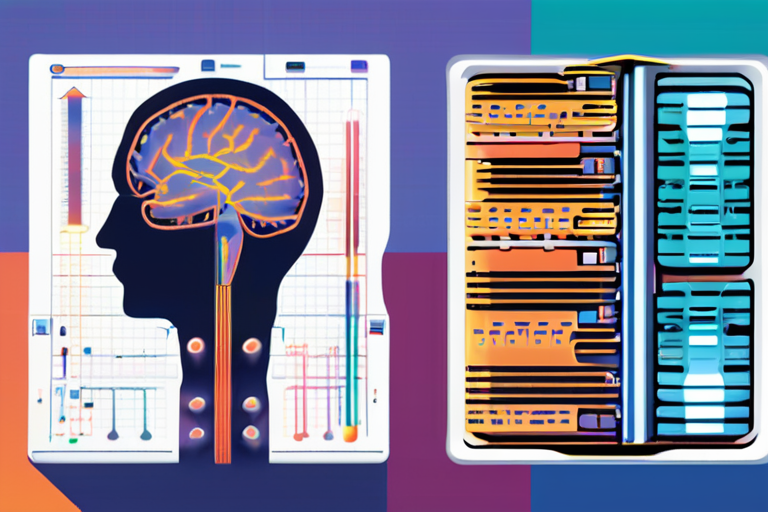
 Hoppi
Hoppi
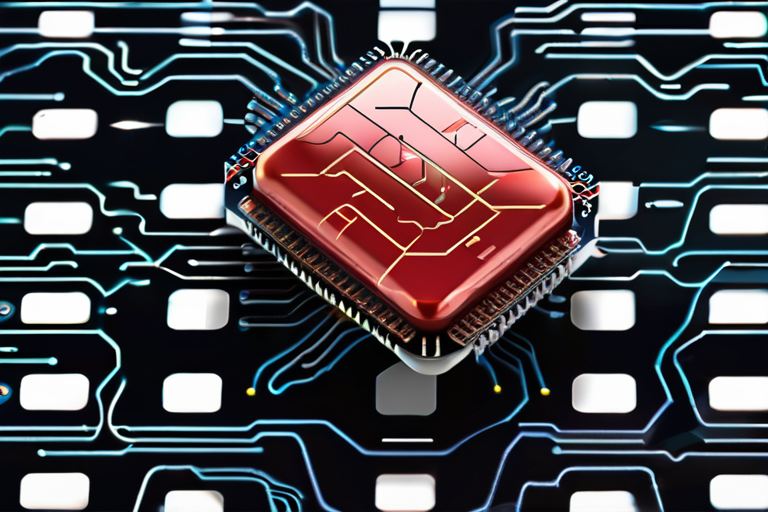
 Hoppi
Hoppi

 Hoppi
Hoppi
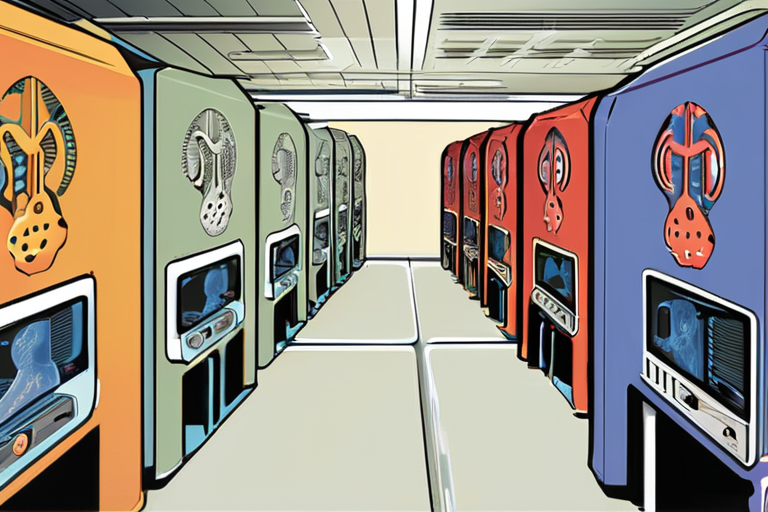
 Hoppi
Hoppi
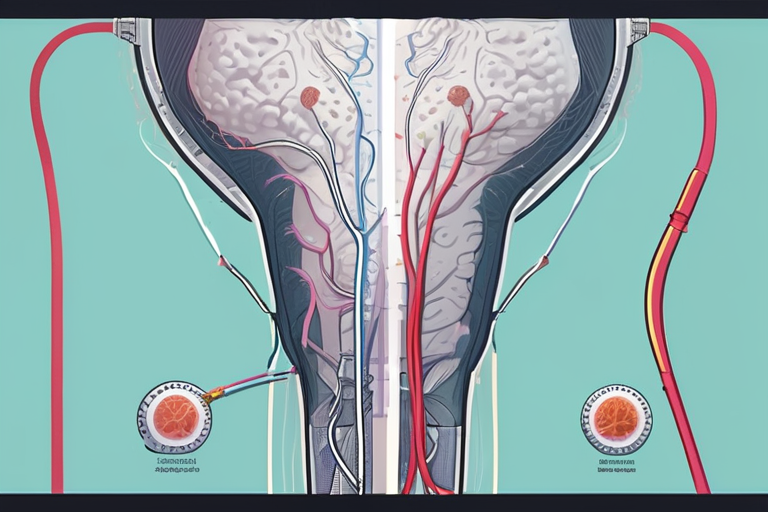
 Hoppi
Hoppi

The Download: AI-Designed Viruses Raise Concerns, Hydrogen Industry Faces Reality Check A research team in California has successfully used artificial …

Hoppi

BREAKING NEWS Neuralink's Brain Chip Rivalry Heats Up as Caltech Lab Achieves Breakthrough with J. Galen Buckwalter In a groundbreaking …

Hoppi

Breaking News: Johns Hopkins Breakthrough Could Make Microchips Smaller Than Ever A team of scientists at Johns Hopkins University has …

Hoppi

Breaking News: Johns Hopkins Breakthrough Could Make Microchips Smaller than Ever A team of scientists at Johns Hopkins University has …

Hoppi

Scientists Grow Mini Human Brains to Power Computers A team of researchers at the FinalSpark lab in Switzerland has made …

Hoppi

Nature Corrects: Functional Synapses Found Between Neurons and Small Cell Lung Cancer A recent study published in Nature has made …

Hoppi